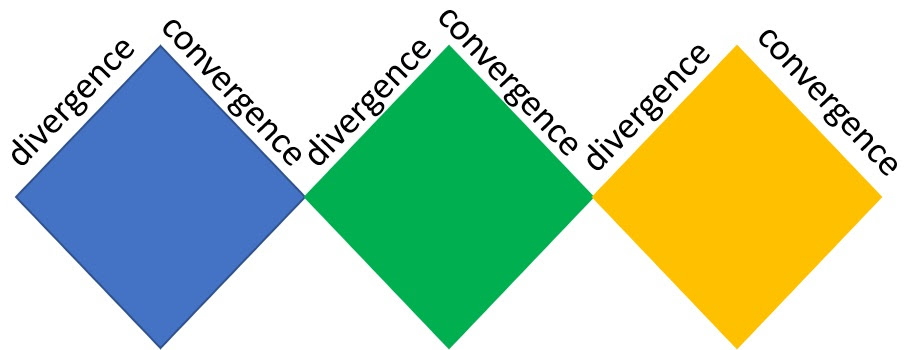Being flexible in your influencing style
(Execution Excellence -"Ability to get things done" Series)
Last week we discussed awareness of the situation/context and how our influencing style helps to get things done. The third dimension of the influencing process is understanding the other person's dominant influencing style and being flexible to change our style accordingly.
The ultimate purpose of learning influencing skills is to get things done. This will happen only when we are flexible and adaptive to the SITUATION and modify our influencing style.
Consider the following real incidents in which we can learn the impact of flexibility in making things better or worst.
One of the product development organizations has the policy to approve any product proposal only when it meets certain conditions; for example, ROI must be two years. The product development team put in their best effort and brought the new proposal; however, the ROI was not meeting, say it was three years. The finance head was going by rational and company policy. He insisted on holding the proposal. However, considering the features, the technical and marketing team was optimistic about going ahead. Everyone was right from their standpoint of view. The situation became inconclusive.
Generally, the CEO believes in the engagement type and wants to decide by consensus.
Now he took the lead in convincing the finance head to go ahead with the product development by stating the big picture of the product and its potential to change the company's destiny in the long run. (inspiring influencing). Also, he persuaded other functions to rework the cost and make it attractive. Finally, the project was approved unanimously, and the product changed the company's fortune within three years.
Here the key learning is the business head's flexibility to change his influencing type from engaging to inspiring and counter the finance head's rational influencing style. Just imagine, if he had not been flexible enough and firm to make decisions as per the team's decision, the company would have lost the opportunity.
Alternatively, in one of the small firms, the management recruited a senior person from a large corporate where he spent his entire life and believed in getting things done through a commanding influencing style. The family-owned business believes in an engaging type of influencing and involving all the people in important issues to arrive at decisions. The new person is not flexible to change his influencing style, and he soon lost all his teammates' confidence and eventually made exits. Here the problem is rigidity in adopting the same style of influencing.
Changing style depending on the situation and other people's style without hurting relationships is a winning influencing style of effective leaders. Ultimately things need to be executed, and relationship needs to be preserved.
The key point is we need to be aware of the situation or context, aware of our influencing style, and have the flexibility to change the style depending on the other' style and situation. That mindset makes us better leaders in getting things done.
Have a great week ahead.






 . Still, he works in a manufacturing organization to engage himself and actively contribute his experiences. He used to attend all my sessions. In one of the sessions, i taught the complicated manufacturing system concept, which most engineers usually find difficult to understand and apply with ease. Even though he is from a financial background, he took the lead in using the concept in his manufacturing division and brought some clarity to his colleagues.
. Still, he works in a manufacturing organization to engage himself and actively contribute his experiences. He used to attend all my sessions. In one of the sessions, i taught the complicated manufacturing system concept, which most engineers usually find difficult to understand and apply with ease. Even though he is from a financial background, he took the lead in using the concept in his manufacturing division and brought some clarity to his colleagues.











